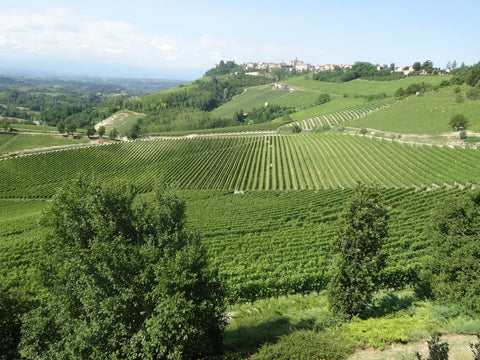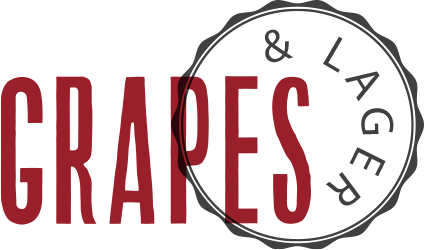Barolo vineyards gets World Heritage status
Vineyards that produce Barolo and Barbaresco DOCG wines in Italy's Piedmont region have been granted UNESCO World Heritage status.
The World Heritage Committee of the United Nations body added the 'vineyard landscape of Piedmont: Langhe-Roero and Monferrato' to its elite group of cultural and natural sites and practices.
Large parts of Piemonte remain both rural and agricultural. It is particularly famous for its wines made with indigenous grape varieties such as Barbera, Moscato and Nebbiolo. The listing includes the towns of Barolo, Castiglione Falletto Grinzane Cavour, La Morra, Monforte d'Alba, Novello and Serralunga d'Alba in the Barolo DOCG, as well as Barbaresco and Neive in the Barbaresco DOCG.

In its submission for Piedmont, Italy's government said, 'Vine pollen has been found in the area dating from the 5th Century BC'. It added that Piedmont was seen as one of the best vine growing areas in Italy during the Roman Empire.
Piedmont (Piemonte in Italian) is Italy’s second largest region, tucked up in the NW corner of Italy, and means “foot of the mountains” in latin, as it is ringed by the Alps bordering on Switzerland and France, as well as the coastal Appennines along the Mediterranean and includes the beautiful alpine lakes Maggiore and Orta. The region comprises the upper Po river valley, Italy’s food heartland.
Piedmont has a rich and varied history, formerly Cisalpine Gaul in Roman times, and then an important buffer state between France and Italy, as evidenced by the many hilltop castles in the region as well as a major pilgrims route. The old Royal Savoy family's citadel, Turin, was the first capital of re-unified Italy and is a remarkably rich city with baroque architecture and multiple royal palaces, now used for museums and art galleries, and is known as “Italy’s best kept secret” as well as being the one of the first cities in Europe to popularise chocolate (there is a chocolate tour).
Piedmont is also famous for hazelnut production (Nutella and Ferrero Rocher are produced here) and also polenta (maize) and risotto rice in large quantities. The Monferrato and Langhe hills are home to the famous white truffle, and the ancient city of Alba stands as the white truffle capital of the world. Other towns of special interest include the roman spa town of Acqui Terme and the hilltop town of Mombaruzzo (home of the amaretti biscuit).
There are now 1,007 sites on UNESCO's list and Piedmont vineyards now join Bordeaux's Saint Emilion and traditional Georgian winemaking methods in representing wine.
Piedmont's listing bodes well for both Champagne and Burgundy, which were earlier this year proposed for World Heritage status by the French government. A decision is expected in 2015.
Grapes and Lager have some brilliant Piedmont wines – have a look at http://www.grapesandlager.com.au/collections/wines-red-wine-piemonte
Enjoy :)

